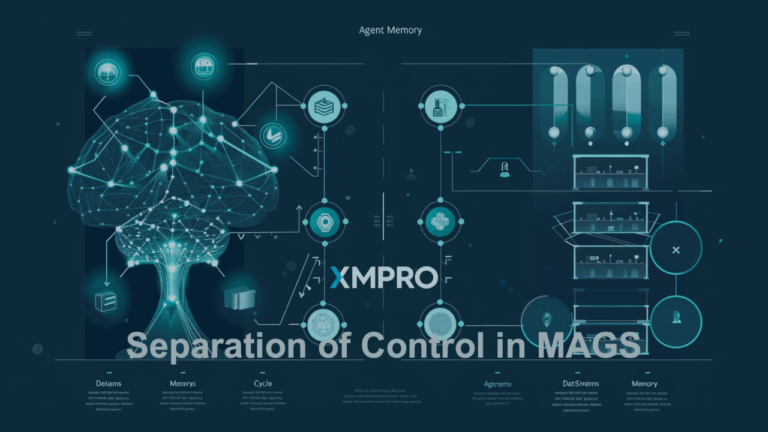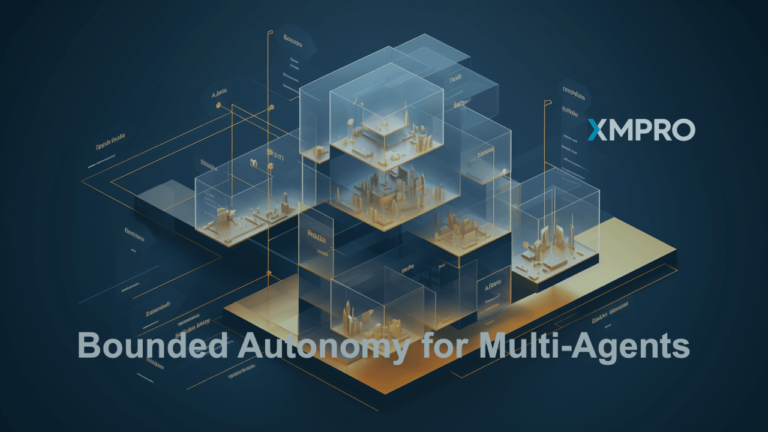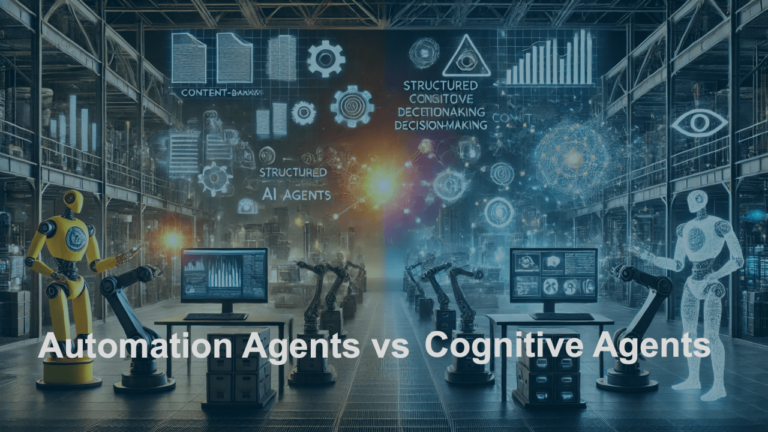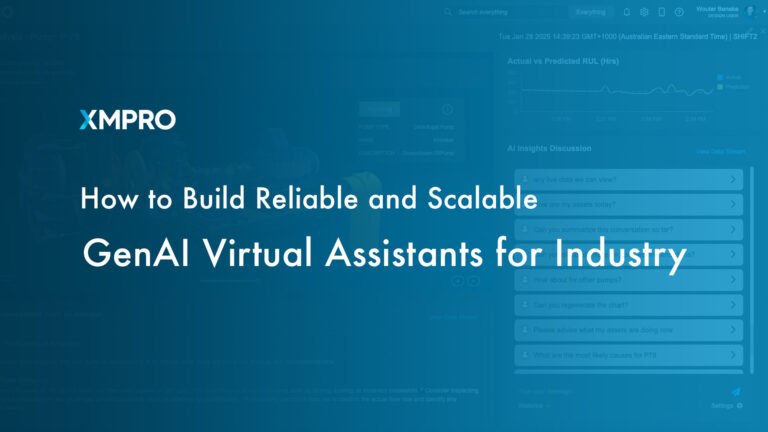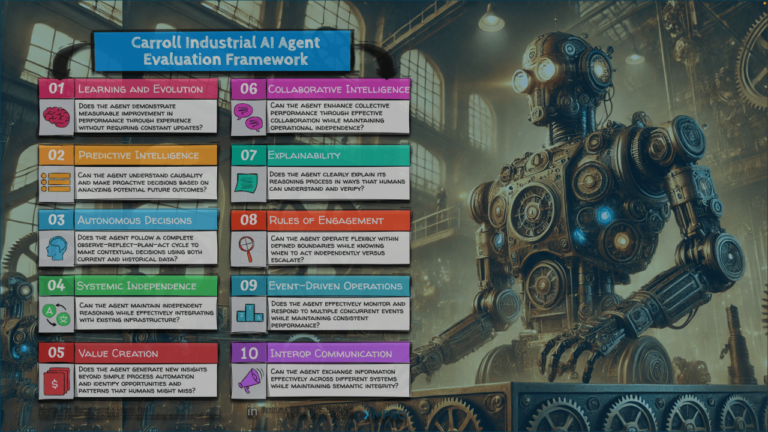
The key to successful industrial IoT adoption is to ensure you start with an IOC.
According to the 2016 Current State of IIoT research study, 4 out of 5 manufacturing leaders say adopting IIoT technology is critical to their future success.
They believe industrial IoT has the potential to grow their organization, make it more agile and improve compliance.
But there are challenges that need to be addressed to implement a successful IoT initiative.
The Key To Successful Industrial IoT Adoption
Initial Operational Capability (IOC) is a military term used to describe when one or more subsets of the capability can be deployed on operations.
For industrial IoT applications, that means creating a fully-functional application that addresses each of these problems for a small subset of assets.
How is an IOC different from a POC?
A POC is a once-off experiment that proves you can solve the technology problem. But it’s not something you build upon over time.
In contrast, an IOC proves that you can solve the business problem. It considers more than just technology. An IOC also considers data security, a valid business case, data quality, staff skills and how long it takes to create new applications.
By focusing on setting up full operational capabilities for a specific business problem, you can take a systematic approach to overcoming the challenges of successful IoT adoption.
So how does an IOC address critical challenges that industrial organizations face when adopting IoT technology?
1. Data Security Concerns
Using an IOC approach allows you to implement Security By Design from the start of your industrial IoT journey. By starting out small you can secure your devices, connections, cloud data storage and applications. Without too many variables to control you can set things up the right way from the beginning.
2. No Clear Business Case for IIoT
At XMPro we believe in starting with the business problem you want to solve and not the technology.
With an IOC, you can choose a specific business problem that you want to solve. And then prove the ROI without investing millions in new infrastructure and technology.
If you’re looking for ideas go to our Use Case Library.
Once you have a few ideas for business problems you can solve with IoT, it’s time to rank them by readiness and business impact.
Interested in doing IoT-based predictive maintenance on assets? Learn more about getting started in this blog post.
When you’ve determined the business problem you want to solve the next question to answer is, ‘What are the key ROI metrics?’.
This is going to help you stay focused on the business problem and prove how industrial IoT can impact your organization.
3. Data Quality Issues
One of the main opportunities industrial IoT presents is the ability to make data-driven decisions. But in order for that to work, the data needs to be as accurate as possible.
Starting with an IOC helps you find problems in data quality with a manageable dataset. You can set up automatic data cleaning and transformation in XMPro. The software can fill in missing values and normalize data to make it more usable.
The cleaned data can then be put into a machine learning model to test the accuracy with minimal setup.
Once you’ve proven that this results in data you can use to make better decisions, you can add these data cleaning and transformation actions to all of your future IoT use cases inside XMPro.
4. Insufficient Skills of IT Staff
Most industrial companies don’t have the IT resources or skills to build an IoT solution internally in a way that’s cost-effective and fast.
Internal projects of this nature often try to reinvent the wheel and eventually run over deadlines and budgets.
But using an IOC approach along with an Agile Application Suite like XMPro can help you build IoT solutions without being limited by your IT team’s resources.
First, you need to choose an IoT Application Suite that lets you create applications without having to code. We built our code-free application suite to empower engineers to build Industrial IoT applications.
Why engineers and not IT?
Because engineers understand the business problem they’re trying to solve. And this approach makes it possible for your IT team to focus on implementing security and governance best practices.
Using an IoT Application Suite means you won’t need to build custom integrations. And you can plug machine learning engines like Azure Machine Learning, SAP HANA or IBM Watson into your technology stack using a drag and drop interface.
But what about the algorithms you need for machine learning?
The field of data science has grown exponentially in the past few years. There are a number of alternatives to hiring in-house data scientists to create algorithms for your machine learning models.
XMPro works with teams of data science experts to help you get the most predictive power out of your data.
You could use open source galleries for common models like predictive maintenance or sentiment analysis.
Or you could use an algorithm marketplace like Algorithmia, which charges per API call.
Another option is to host a competition on Kaggle, where data scientists from more than 100 countries compete to create a winning model to solve your problem.
5. Inability to do fast experiments
After implementing an IOC you can build on and expand the initial capabilities in an iterative way. We recommend using an Agile approach to continue developing your IoT applications.
Because engineers can build their own applications with a suite like XMPro, you can set up your first IoT application in a matter of weeks. And use what you’ve built to scale across different asset types and use cases in record time.
Conclusion
By using the IOC approach you can overcome the top 5 challenges organizations face when it comes to industrial IoT adoption.
The IOC approach can help you grow your revenue, reduce costs and improve compliance. The key is to build an application with full operational capability on a small scale to address each of these challenges.
Then you’ll start to see what the industrial IoT hype is all about.












